A.R.P. Tunnels in Central
Primary tabs
Hong Kong’s financial and government leaders have traditionally been based in the Central district, so it’s no surprise that the area was given several air raid tunnel shelters in the lead up to the second world war. Can you still see any sign of them? Let’s take a look.
This is the view from the HSBC headquarters, looking across Queen’s Road Central. The wall in the center of the picture (between the public toilets and the staircase) is set back from the road, and used to house one of the portals for the Queen’s Rd Central Air Raid Precaution Tunnel network, Network Number 1.
If you turn right and walk along Queen’s Rd, there were another two portals on the left side of the road, fronting tunnels that ran under Battery Path and back into the hillside. Sadly there's no sign of them now, as it is believed that this network's tunnels have all been backfilled, and the portals removed. Some of the backfilling work was done shortly after the war in response to collapses in the tunnels, and the rest when the government offices were built on this hill in the 1950s.
Next we head up Duddell Street, towards the staircase at the end. This street already makes the history books for the gas lamps that are still used here. It also has two of the portals for Network No. 13, the Wyndham Street network.
If you take a peek down the left side of the steps, you’ll see this jumble of concrete, bricks and roots, which are roughly the same shape and size as other portals we’ve seen.
Poking the camera through the tree roots, we can get a glimpse of the rusty iron gate that covers this entrance to the tunnel. This was portal number 44.
Over on the right of the staircase is portal number 43, which looks to be in slightly better shape.
The tunnels from these two portals run under Ice House Street, then form ‘T’ junctions with a longer tunnel that linked the Wyndham Street Network on the right, and the Queen’s Road Central network on the left. That longer tunnel was also connected to a ventilation shaft. If you walk up to the top of the Duddell Street staircase, then look up to your left, you should be able to see the concrete structure that marks the top of the ventilation shaft.
Shortly after the war the tunnel at the base of the ventilation shaft was backfilled with concrete, preventing access to the tunnel via the shaft, and also blocking access to the Queen’s Rd Central network. Then in 1959 part of the road above the tunnels near here collapsed, which led to the section of the tunnel near the Duddell street portals being backfilled. The only tunnels that can now be accessed from those portals are the short (appx 10m) lengths of tunnel that run under Ice House Street.
We’ll turn right, and walk up Ice House Street to the point by the Foreign Correspondent’s club where it makes the sharp turn left. You’ll see a staircase running down the right side of the building (the photo is taken from the bottom looking back up to where you are standing). Near the top of the steps, half the width of the staircase used to be taken up with portal number 42.
Carry on up the hill past the Fringe Club, until you come to the five-way junction that marks the start of Wyndham Street. Here was portal number 41, just in front of the red sign you can see in the center of the photo. It was unusual because where most portals are built into the face of a hill, this was a vertical shaft with a short spiral staircase leading to a long straight staircase running down under the road and into the hill.
Turn around to walk back the way you came, but fork right so you are walking along the left side of Lower Albert road. Keep an eye out on your left and you’ll see the top of the ventilation shaft again.
Here's a (slightly distorted) view of the structure, and views inside. NB I strongly advise against getting this close. At the bottom of the slope is the high wall above Ice House Street (look at the earlier picture of the shaft taken from Duddell Street). The slope is slippery, and there's no fence at the bottom of it to stop you from falling over the edge.
On the right side of the road you’ll see a high fence and surveillance cameras – it’s the fence around Government House. Before 1997 it was where the British Governor lived. Now you wouldn’t expect him to be mingling with the commoners during an air raid, so sure enough he had his own tunnel network, the luckily-numbered Network No. 8.
I followed the fence around to the right, thinking the tunnel exits were somewhere along the upper branch of Lower Albert Rd. If you walk there you’ll see it’s unlikely, as there is no hillside to build a door into. But, about half way along the road you’ll see a lane leading off to the left. Follow that round and you’ll see a likely suspect at the bottom of the hill.
Also, if you look down over the railings on the right, you’ll see this dainty little chimney. The newspaper reports in 1941 identified this as one of only two networks that didn’t have ventilation shafts, relying instead on ‘duct ventilation’. I guess that’s the duct.
Here’s the entrance at the bottom of the slope (just opposite the Central Government Offices)…
…and a little distance to the left is the entrance with the duct.
Not surprisingly, these two entrances look to be the best-maintained of any of the tunnel portals we’ve seen. If you have any memories of how these tunnels looked in earlier days, or any photos of these locations showing how they looked when the portals were still in place, we’d love to hear from you.
Regards, David

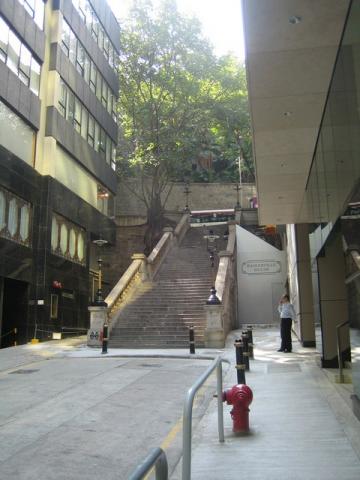
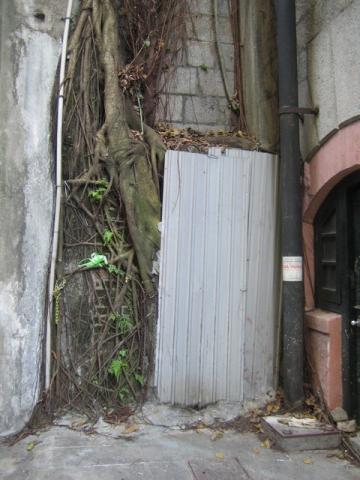
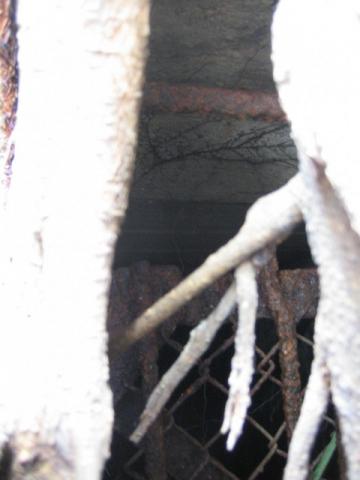
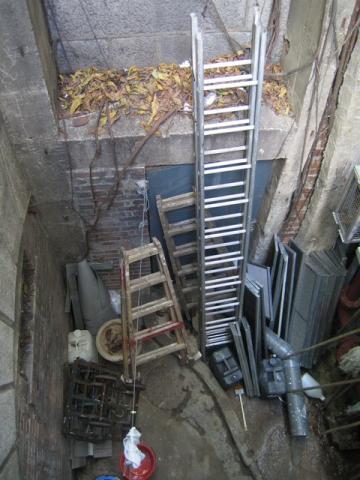
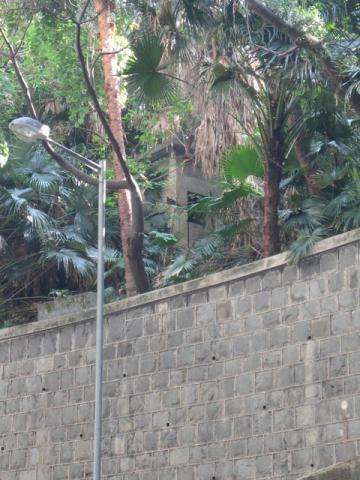
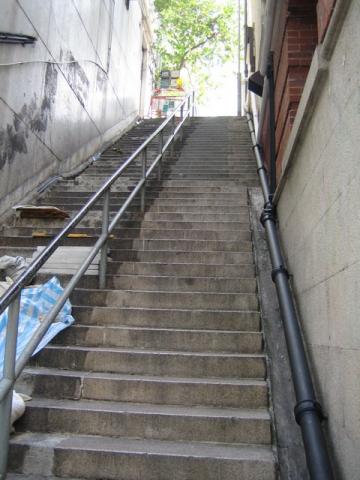
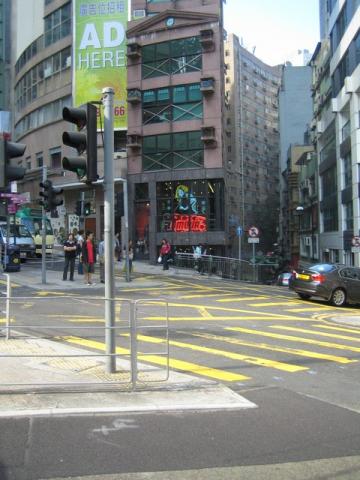
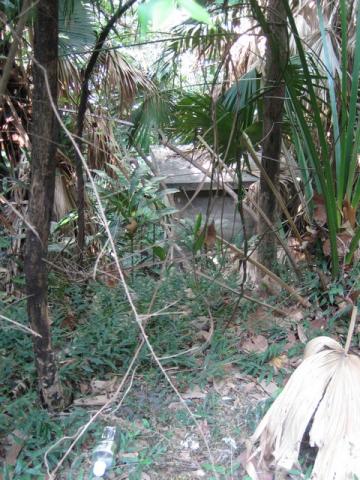
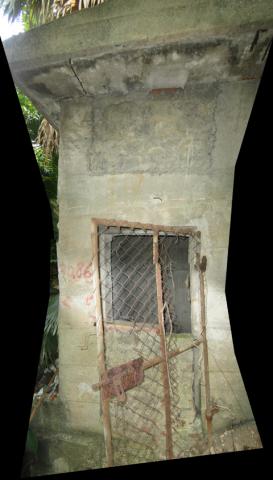
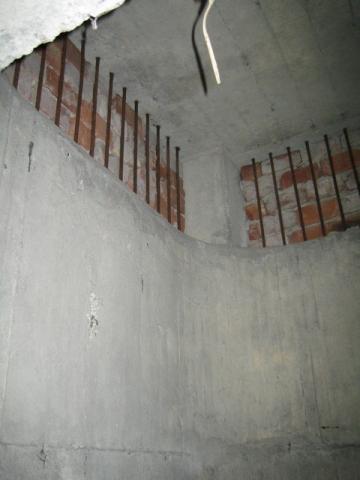
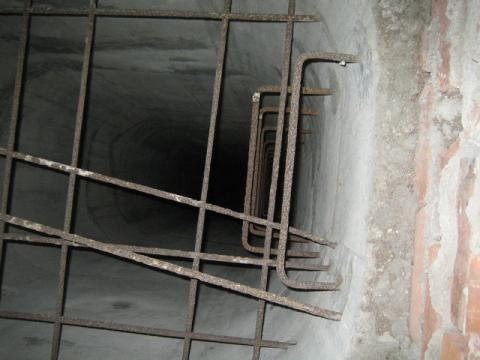
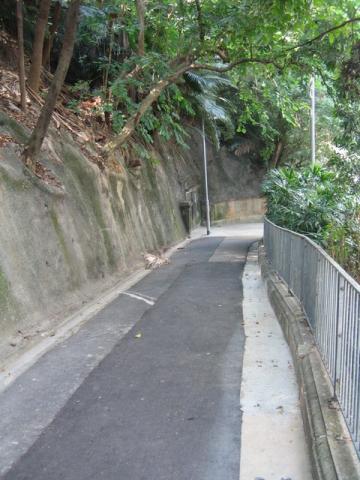
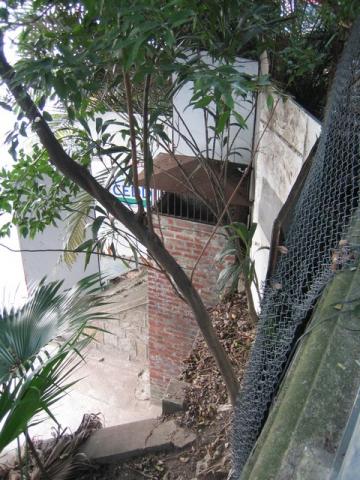
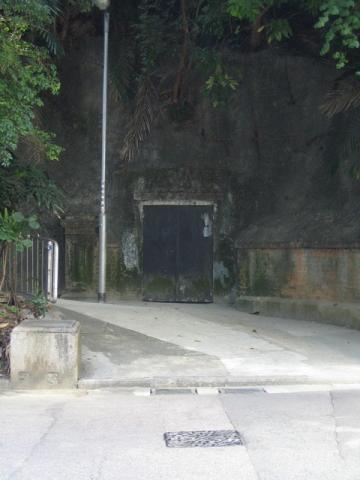
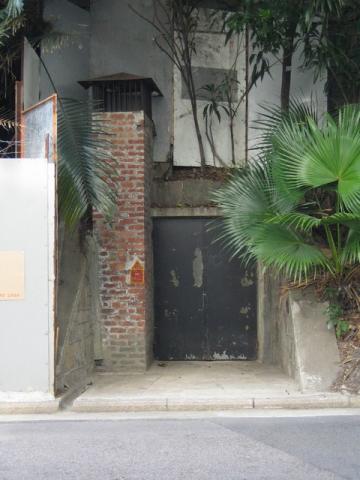

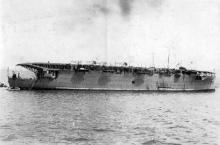
Comments
Tunnel from Government House to Lower Albert Road
How long ago was that?
Photos taken inside a tunnel
More ARP's in Kowloon.
ARPs under Kowloon Park
1941: ARP portal on Q. Rd. C.
The first photo above shows the location of a portal in the retaining wall opposite the HSBC on Queen's Rd Central.
Photo #1 of the Harrison Forman photos shows the same portal during the construction of the tunnel in 1941:
Portal 42?
Yes I think it's #42,
it sounds like the right spot.
Tunnel from Government House to Lower Albert Road
That was in 1981, while I worked in Security Branch.